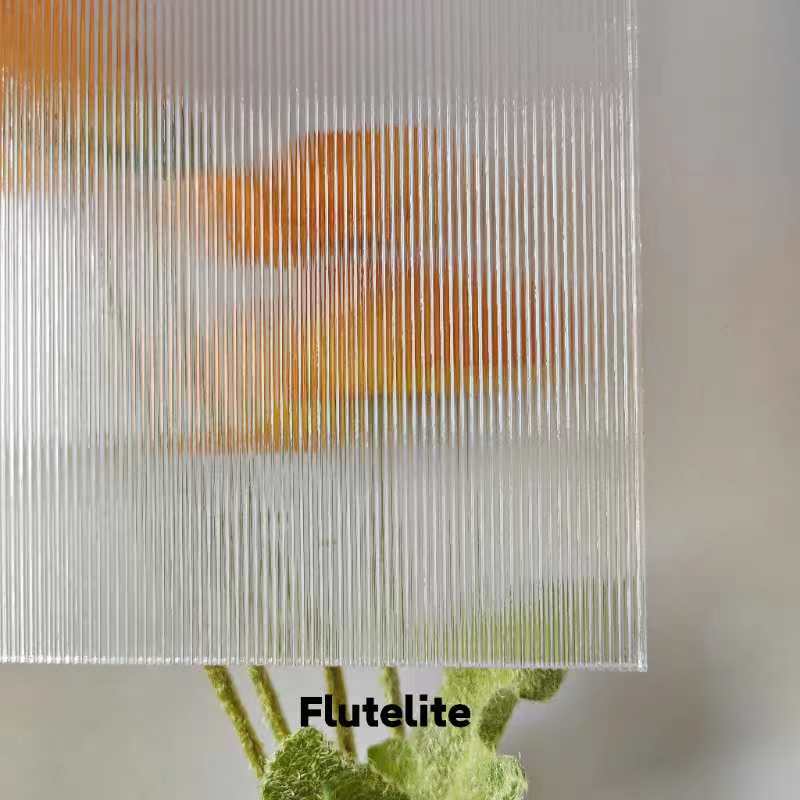

Understanding Green Float Glass Characteristics, Applications, and Benefits
Green float glass is a type of flat glass that is widely used in the construction and manufacturing industries. It is produced through the float glass process, which involves melting silica sand, soda ash, and limestone to create molten glass. This molten glass is then floated on a bed of molten tin to form a smooth, flat surface. The unique green color of this glass is primarily derived from the iron oxide present in the raw materials. Its attractive appearance, along with its versatility and durability, makes green float glass a popular choice for various applications.
Characteristics of Green Float Glass
1. Color and Aesthetics The distinctive green hue of the float glass not only gives it an appealing look but also helps in reducing glare. The green tint can enhance the visual quality of buildings, making it a favored choice for architectural designs.
2. Transparency Green float glass offers high transparency, allowing for excellent light transmission while providing a moderate level of privacy. This feature makes it suitable for windows, facades, and glass doors, allowing natural light to penetrate interior spaces.
3. Strength and Durability The float glass process results in a product that is robust and resistant to damage. It can withstand various environmental conditions, making it ideal for both indoor and outdoor applications. Furthermore, its smooth surface is easy to clean and maintain.
4. Thermal Performance Green float glass has favorable thermal properties, which help in energy conservation. When combined with other glazing technologies, it can contribute to the overall insulation performance of buildings, reducing energy consumption for heating and cooling.
Applications of Green Float Glass
Green float glass has a wide range of applications across several industries

1. Architecture and Construction It is extensively used in the construction of commercial and residential buildings. Architects utilize green float glass in windows, curtain walls, and skylights to create visually stunning environments while ensuring energy efficiency.
2. Automotive Industry Many vehicles incorporate green float glass in their windows and windshields. Its ability to block harmful UV rays while providing good visibility makes it an ideal choice for automotive applications.
3. Interior Design In interior spaces, green float glass is employed in partitions, doors, and decorative elements. Its aesthetic appeal enhances the overall look of any room, providing a modern and sophisticated feel.
4. Furniture and Fixtures The use of green float glass in furniture, such as tabletops and shelving, adds elegance while maintaining functionality. Its resistance to scratching and easy maintenance are significant advantages in high-use areas.
Environmental Considerations
Green float glass is an environmentally friendly choice due to its recyclable properties. At the end of its lifecycle, float glass can be crushed and remelted to create new glass products. This not only conserves resources but also reduces waste in landfills. Moreover, when used in building projects, float glass contributes to energy efficiency, further supporting sustainability initiatives.
Conclusion
In summary, green float glass is a versatile and functional material that plays a crucial role in modern architecture, automotive design, and interior decoration. Its unique properties, such as durability, transparency, and aesthetic appeal, make it a top choice for builders and designers worldwide. As the focus on sustainability and energy efficiency grows, the demand for green float glass is likely to increase, making it an integral part of future construction and design projects. Whether enhancing the beauty of a skyscraper or providing comfort in residential settings, green float glass is sure to remain a prominent material in various industries for years to come.